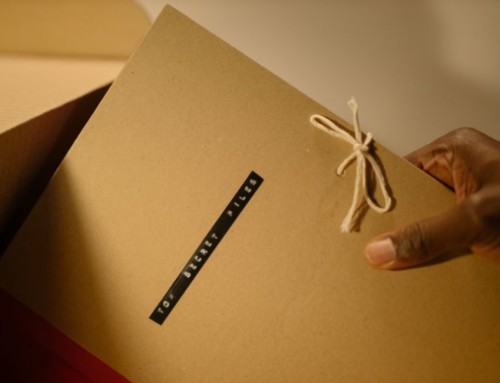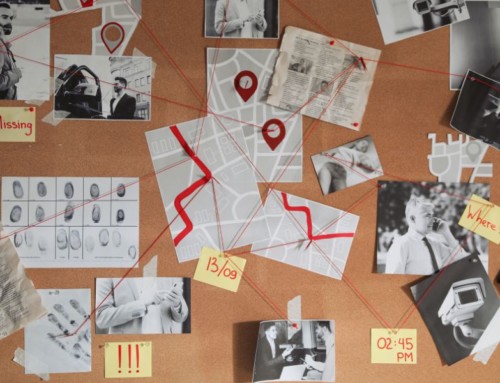
As a mystery writer, it’s important to create a satisfying ending for your readers that ties up loose ends. You don’t want to deliver an underwhelming ending when readers are counting on you to finish the mystery with a bang!
In this post, we’ll cover how to write a strong climax for your mystery, how to reveal “who did it,” and why it’s important to tie up loose ends. We’ll also touch on planning your ending for a sequel.
Writing a Strong Climax for Your Mystery
The climax is what really counts in your mystery. All the plot threads you introduced need to be brought together, and you need to do the big reveal. To craft a compelling climax, you need to build tension and suspense throughout your narrative. To do this you’ll need to drop hints and clues along the way that guide your readers in different directions and keep them guessing until the very end.
To make your climax even more impactful, ensure that the stakes are high and the consequences if the mystery isn’t solved are clear.
Another way to make your climax more engaging: Add a twist or a surprise element that readers won’t see coming. This could be a sudden revelation, or a new character you introduce at the very end.
How to Reveal “Who Did It?” in Your Mystery
Revealing the culprit’s identity is a crucial moment that readers eagerly anticipate. Make the reveal satisfying and surprising.
One approach to achieving this is to make the culprit someone readers didn’t suspect. This can be done using foreshadowing and misdirection, such as introducing red herrings or clues that move readers in the wrong direction.
Another way to make the culprit’s reveal impactful is to give readers just enough information to figure out the identity of the culprit on their own, but not too much that the reveal loses its impact. You can accomplish this by using subtle hints and clues throughout the story that only become clear in retrospect.
Why It’s Important to Tie Up Loose Ends in Your Mystery
When your mystery is solved, your readers want to know what happened to the characters they’ve grown attached to throughout the story. They want to know how the solved mystery being will affect the world you’ve created. Tie up any unanswered questions and make sure your readers feel like they’ve reached a satisfying conclusion.
Planning Your Ending for a Sequel
If you’re planning on writing a sequel to your mystery, use the ending to set the story up to continue. Plus, it’s important to ensure that your readers are aware that there will be a sequel.
One effective way to set yourself up for a sequel is by using a cliffhanger at the end of your book.
It’s also possible to explicitly state that there will be a sequel, whether through a note at the end of the book or even in the book’s title.
Discover more from Mill City Press
Subscribe to get the latest posts sent to your email.








Leave A Comment